
To be listed on the CAMPOSOL TODAY MAP please call +34 968 018 268.
article_detail
Spanish News Today Editors Roundup Weekly Bulletin Dec 13

TOP STORIES: "EU will begin gradual roll-out of Entry-Exit border control system" & "Cost of Spain’s toll roads to rise in 2025"
As we begin our approach to the end of the year, it’s time for government, local authorities, public institutions and private enterprises to start thinking about what they’re going to get up to in the year ahead. In the case of the EU, this means finally getting around to introducing it’s long-delayed border control system, the EES, while for Spain in particular it means raising the cost of using toll roads. Happy new year, indeed.
Before we dive in, though, just a note: this is the penultimate bulletin we’ll be sending out for 2024. There’ll be one more next week, just before Christmas, then we’ll take a couple of weeks off for New Year and Three Kings.
Crossing borders in 2025
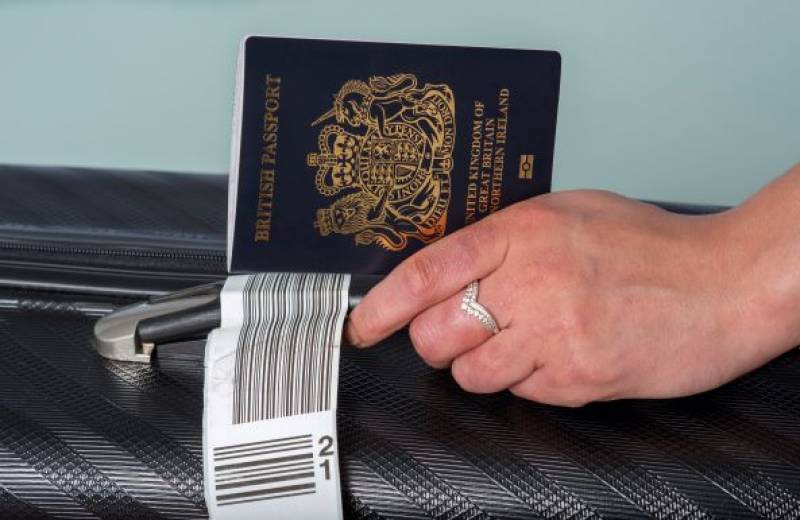
It seems like the EU’s Entry-Exit System (EES), which promises cutting-edge border control technology at airports and ports in Spain and beyond, is still stuck in the departure lounge.
After several delays, this ambitious project, which is designed to introduce fingerprint and facial recognition for non-EU travellers like those coming from the UK, has hit yet another bump. But the European Commission is now working to ensure a smooth take-off, even if it means adjusting the timeline again.
Initially slated for late 2023, the EES has already been pushed back multiple times. Now, Brussels has proposed a six-month phased introduction to ease the rollout of this incredibly complex system.
As European Commissioner for Home Affairs and Migration, Magnus Brunner, put it, the EES is set to make Europe’s borders the most modern in the world. But for that to happen, every country must be fully prepared to hit the ground running.
The European Commission’s phased approach aims to have at least 10% of border crossings equipped with the EES on day one, gradually scaling up until full coverage is achieved across all external EU borders. While passports will continue to be stamped during the transition, key data such as biometric details and passport information will be digitally registered only at select crossings.
Member states are broadly supportive of this cautious approach, and the proposal is likely to be approved by the Council of the EU and the European Parliament soon.
The incremental rollout is intended to minimise disruption, provide time to resolve any technical glitches and avoid massive delays for travellers.
Taking its toll
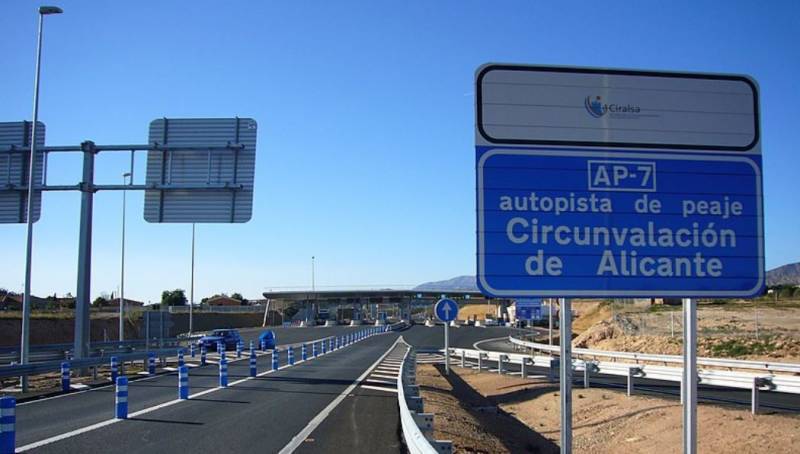
At this point, it’s probably quicker to make a list of the products and services that won’t go up in price in 2025. Sadly, next year is looking like an expensive one for consumers in Spain and drivers have just been dealt an additional blow with the news that motorway toll charges will be hiked up yet again.
For regular road warriors this could mean steeper travel costs as tolls are projected to increase by 2.86% from January. While concessionaires like Abertis and Globalvia propose the jump, the ultimate decision lies with the Spanish government.
But what’s behind this price hike, you might ask. Well, toll rates in Spain are directly linked to the Consumer Price Index, but recent years have added extra twists to the equation. Back in 2023, as the cost of living was spiralling, the government capped toll increases at 4%, even though the CPI spike warranted a 9% jump. While this temporary relief helped drivers, it also created a debt that now needs repayment.
Now, it’s time to pay the piper. This repayment scheme is set to continue until at least 2026, making steady increases almost inevitable.
However, for everyday drivers, the rising costs are tough to swallow.
The 2.86% hike is an average, but the final adjustment may vary depending on road traffic levels and operational expenses. While privately managed toll roads will likely see this increase, drivers might find relief on SEITT-managed motorways – those overseen by the government.
In recent years, SEITT has frozen toll rates, and if this trend continues into 2025, some stretches of motorway could remain unaffected. Unfortunately, for most privately operated roads, significant increases seem unavoidable.
Murcia
 We start our Murcia section now with a story that’s enough to make anyone think twice before skipping travel insurance. Robyn, a 34-year-old Brit, was enjoying a routine trip to visit her parents in Murcia when catastrophe struck: a stroke followed by two brain haemorrhages, leaving her in a coma for two weeks in Los Arcos hospital. When she woke up, she was paralysed down one side of her body and had permanent brain damage.
We start our Murcia section now with a story that’s enough to make anyone think twice before skipping travel insurance. Robyn, a 34-year-old Brit, was enjoying a routine trip to visit her parents in Murcia when catastrophe struck: a stroke followed by two brain haemorrhages, leaving her in a coma for two weeks in Los Arcos hospital. When she woke up, she was paralysed down one side of her body and had permanent brain damage.Despite the reassurance of the UK’s GHIC travel card, which promises emergency medical care in EU countries, Robyn and her family discovered its limitations the hard way. Specialist treatment and repatriation are not covered by the GHIC, and so her devastated parents now have to resort to crowdfunding to bring her back to the UK.
It is a logistical nightmare that underscores the fact that comprehensive travel insurance is not a luxury; it’s a necessity. For less than £100, Robyn’s story might have had a very different trajectory. Meanwhile, she remains in Murcia as her family faces a battle that’s as emotional as it is financial.
While Robyn’s case highlights individual struggles, the Region of Murcia as a whole grapples with other healthcare woes. The regional president, Fernando López Miras, has issued a desperate call for 1,000 family doctors to fill a yawning gap in the local healthcare system. Apparently, Spain’s universal healthcare isn’t so universal when there’s a chronic shortage of practitioners.
López Miras is lobbying the central government in Madrid for urgent intervention, warning that the current situation is unsustainable and that lives are literally at stake. His proposal includes loosening the criteria for medical residencies to allow for more regional autonomy. While his determination is commendable, one wonders if this is yet another case of political finger-pointing rather than finding solutions that stick.
Meanwhile, we must spare a thought for the residents near Murcia’s infamous pig farms. For years, the agricultural backbone of the Region has been accompanied by a less savoury aroma – the wafting stench of nitrate pollution and slurry mismanagement.
Thankfully, someone is finally cracking down. The Segura Hydrographic Confederation (CHS) has had enough of the nitrate overload seeping into the water supply from the pig farms and compromising public health. Their new ‘NitraSegura’ initiative has taken a hard-line approach, effectively banning the expansion of intensive pig farms and denying water allocations for new ones.
If you’ve ever held your breath while driving through certain rural stretches of the region, you might be cheering this decision. But the livestock industry is decidedly less enthused. The measures come with strict enforcement: no new wells, no reallocating water, and even upgraded slurry ponds for the farms lucky enough to remain operational.
It’s a bold move, but one that residents of towns like Fuente Álamo, Totana, Lorca and the outlying areas of Cartagena are welcoming with open windows – finally, a chance to air out their homes without needing gas masks. The farmers, on the other hand, argue that this is a heavy-handed approach that threatens their livelihoods.
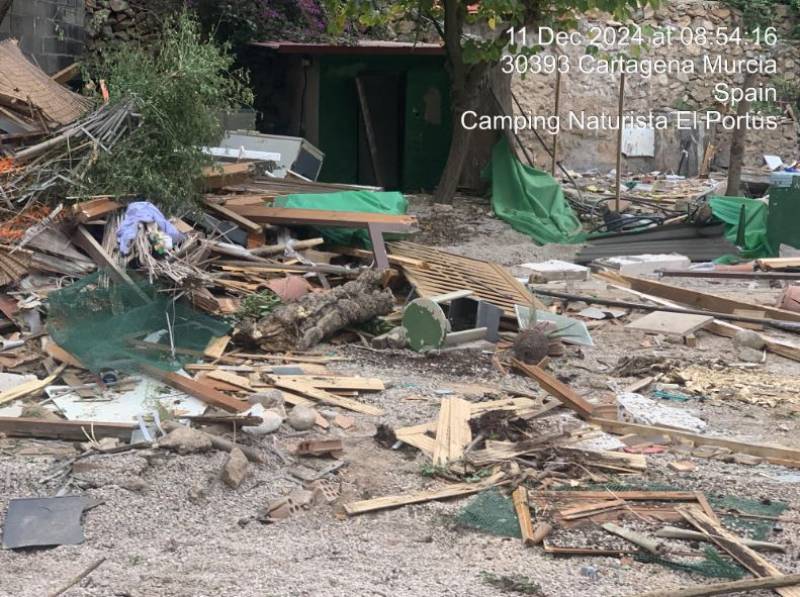 On the subject of unpalatable stenches, the residents of the Camping Naturista El Portús are rightly kicking up a stink as their once-idyllic naturist community descends into chaos. With homes being demolished to make way for building work and residents reportedly harassed by the site’s new owners, the remaining few are living a dystopian nightmare where they are prevented from getting to their homes by security guards.
On the subject of unpalatable stenches, the residents of the Camping Naturista El Portús are rightly kicking up a stink as their once-idyllic naturist community descends into chaos. With homes being demolished to make way for building work and residents reportedly harassed by the site’s new owners, the remaining few are living a dystopian nightmare where they are prevented from getting to their homes by security guards.Resident Chris Miller, recovering from spinal surgery, recounts harrowing tales of eviction threats, denied medical care and security guards monitoring his every move. The campsite, once a haven, now feels more like a battleground, with residents fighting for their dignity and homes. Legal complaints have been filed and arrests made, but justice, much like the Christmas cheer at El Portús, seems elusive.
One Murcia expat recently took a slightly different route to get down to his holiday home. Sports car enthusiast and holiday homeowner Nick Rouse drove his shiny new Lotus Emira from the UK to Camposol, turning heads and racking up anecdotes faster than his car accelerates (which, for the record, is 0–60 mph in 4.3 seconds).
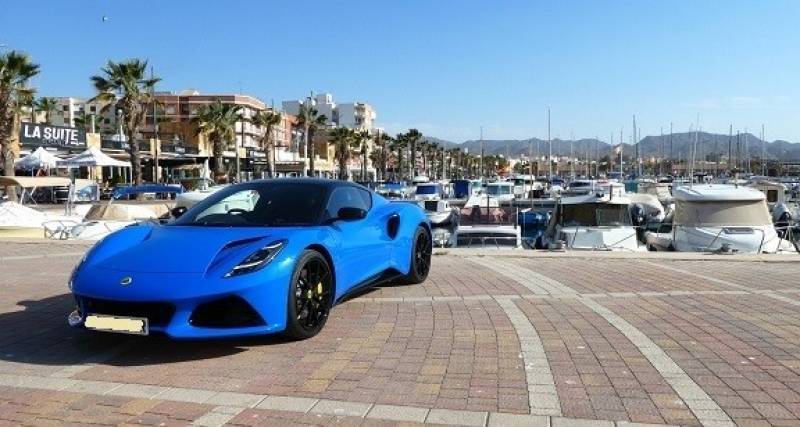
Whether it was strangers snapping selfies with his car or police officers taking a suspiciously keen interest, Nick’s journey through Spain was more spectacle than road trip. His musings, published in the magazine “Club Lotus News”, reveal a man who’s as passionate about torque as he is about tapas. And Nick even managed to prove that, yes, supercars can accommodate a case of cava (provided you pack smartly!).
Talking of packing, it seems that more people have been doing just that to get to Corvera Airport, which saw a 33% passenger increase in November compared to the previous year and, crucially, a 10.1% increase in the number of flights in comparison with November 2019, Corvera’s inaugural year, marking a recovery from its recent slump.
It seems that, with domestic travel surging and operations breaking records, the airport is quietly, finally, slowly but surely plotting its comeback. A stronger spring and summer schedule might just help Corvera reclaim its status as Murcia’s gateway to the world… or at least to the UK and a few other key destinations.
In addition to Lionel Richie, another new music legend was announced to be coming to Murcia in 2025 – guitar god Carlos Santana, who last performed in Spain over two decades ago. Santana will be making a triumphant return next year with his unmistakable blend of blues, rock and Afro-Latin rhythms which has defined generations. The upcoming tour promises a nostalgic journey through hits like ‘Samba Pa Ti’ and ‘Smooth’. He’s going to be at the Plaza de Toros bullring as part of the Murcia ON festival on Friday August 1, 2025, and tickets go on sale to the general public on Tuesday December 17.
To see some more events and activities coming up in the Region of Murcia in the more immediate future see our EVENTS DIARY:
Spain
In more driving news, we’re back to the country’s infamous Low Emission Zones (ZBEs). It feels like we’ve been hearing about these for years but the rules haven’t really been implemented in many places, so the impact on motorists to date has been fairly limited.
However, according to the authorities, this will change next year as Spain is cracking down on municipalities that refuse to comply.
For anyone who doesn’t know, Low Emission Zones aim to reduce pollution by limiting access for older, high-emission vehicles. By law, all cities with more 50,000 residents – or 20,000 in highly polluted areas – must implement ZBEs, affecting 149 municipalities across the country.
Cities like Madrid, Barcelona, Sevilla and Valencia already enforce ZBE rules, but stricter regulations are on the horizon. Starting in 2025, vehicles without a DGT environmental label (older diesel and petrol cars) will be banned entirely from most ZBEs. The stinger is that owners will still need to pay taxes on these cars, even if they can’t drive them.
B and C label vehicles will face more restrictions, with limited access to protected areas unless meeting specific conditions, such as parking in public garages or transporting people with mobility needs.
Anyone caught driving in a ZBE without the correct environmental label will face a 200 euro fine, even if they wandered into it unintentionally. To avoid any confusion though, the DGT has promised that Low Emission Zones in towns and cities will be clearly signposted and marked.
But there is one interesting way around the rules. For classic car enthusiasts, vehicles over 30 years old can be reclassified as Historic Vehicles for occasional use (up to 96 days annually), granting exemptions from most of the restrictions.
Spain’s skies have been a spectacular stage for celestial wonders this year, from October’s dazzling ‘Comet of the Century’ to the Perseids meteor shower in August. Now, as 2024 draws to a close, the heavens are offering one last treat: the Cold Moon, set to illuminate the night this coming Sunday December 15.

At precisely 7.25pm, the Cold Moon will reach its peak brightness, marking the final full moon of the year and the conclusion of the lunar cycle.
Positioned in the constellation of Gemini, it promises a breathtaking show for stargazers across the country.
The name ‘Cold Moon’ stems from Native American traditions, particularly among the Mohawk and Mohican peoples, who associated it with the onset of winter’s harshest weather. In Europe, it has ties to ancient winter solstice celebrations and is sometimes referred to as the ‘Moon Before Yule’.
To best enjoy its silvery glow, find a spot free from light pollution – think rural or elevated locations. No special equipment is required, but binoculars or a telescope can enhance the experience, revealing the moon’s craters and ridges in stunning detail.
This Cold Moon is not just a scientific phenomenon; it carries cultural stories that span continents and centuries, making it a poignant and magical way to end the year.
The festive season is officially in full swing and with Christmas just around the corner, it’s time to tackle that holiday shopping list. Whether you’re on the hunt for tech gadgets, fashion finds or thoughtful stocking stuffers, Spain’s top stores have you covered, and we’ve saved you the trouble by completing the ultimate round-up.
From Amazon’s all-encompassing selection to El Corte Inglés’ mix of tradition and convenience, there’s something for everyone.
Beauty lovers will find treasures at Primor, Sephora and Douglas, while gadget enthusiasts can explore the deals at Fnac. For fashion and cosy holiday wear, check out Springfield, Lefties and Women’Secret.
And don’t forget the little ones - ToysRUs and Tutete are perfect for finding magical gifts for kids.
Looking for something extra special? La Tostadora offers personalised gifts, while Pandora and Swarovski sparkle with timeless jewellery options.
For a deeper dive into these stores and their holiday offerings, check out the full list of shops here.
Alicante
The long-awaited maintenance overhaul of Orihuela Costa’s green areas is finally set to kick off in mid-January. After months of delays, the municipal company Ildo will take charge of managing the area’s parks, gardens and 7,000 palm trees, a service that has faced significant challenges due to underfunding and outdated contracts.
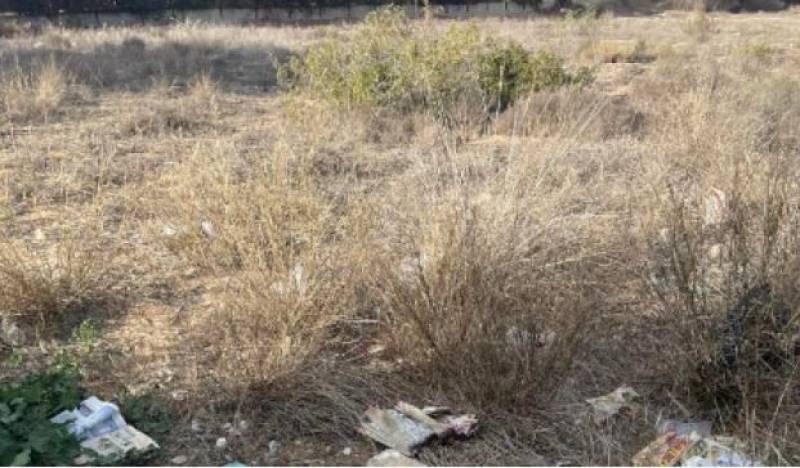 The shift to Ildo’s direct management is expected to be a game-changer. It promises better service coverage, expanding maintenance to 100% of the green spaces, compared to just 40% previously, along with a larger workforce and modern equipment.
The shift to Ildo’s direct management is expected to be a game-changer. It promises better service coverage, expanding maintenance to 100% of the green spaces, compared to just 40% previously, along with a larger workforce and modern equipment.This move also comes with a projected financial saving of 3.5 million euros for the municipality over the next three years.
The handover ends years of frustration under the old contract, which expired seven years ago and left services stagnant, sparking complaints from residents about collapsing trees and neglected parks.
While the transition hasn’t been without controversy, including disputes over the shift from private to public management, it’s a step forward for Orihuela Costa’s 2.5 million square metres of green spaces.
With funding in place and plans ready to roll, 2024 is shaping up to be the year of greener and better-maintained public spaces for the community.
Meanwhile, the Orihuela Costa area is stepping up its efforts to tackle the growing issue of illegal advertising billboards which dot – and spoil – the landscape. In the last few days, the local government has launched a comprehensive campaign to identify, remove and penalise unauthorised billboards that mar the area’s scenic beauty and violate local regulations.
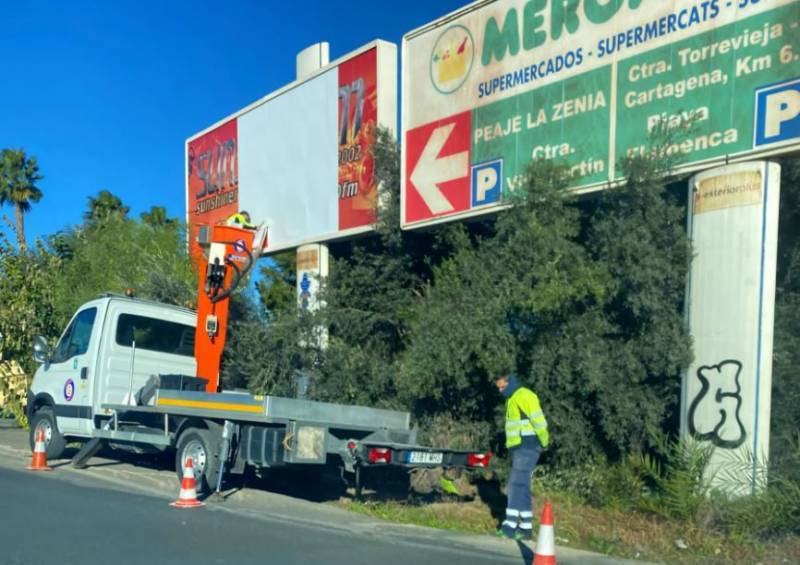 For years, Orihuela Costa has been plagued by a flood of huge advertising billboards, many of which are poorly maintained and unsightly. These enormous hoardings, touting everything from estate agents to furniture stores, have been illegally erected in more than 20 locations on the coast and are most prevalent along the N-332 as it travels through Playa Flamenca, La Zenia and Cabo Roig.
For years, Orihuela Costa has been plagued by a flood of huge advertising billboards, many of which are poorly maintained and unsightly. These enormous hoardings, touting everything from estate agents to furniture stores, have been illegally erected in more than 20 locations on the coast and are most prevalent along the N-332 as it travels through Playa Flamenca, La Zenia and Cabo Roig.Most of these ads have been erected on city-owned land and it seems that companies have sprung up all over, charging businesses to advertise without ever having the authority to do so.
Now, teams of inspectors have been deployed to conduct thorough surveys of the area, documenting each illegal billboard and assessing the necessary actions for removal.
So if your company’s ad appears in any of the photos shared on the Local Police’s Facebook page, it’s time to get in touch with them to understand the next steps.
Orihuela City Council has confirmed that it has already started to remove illegal adverts and issuing 400-euro fines for each sign placed on public land without permission. For those on private land, urban planning procedures are underway, including coercive fines and orders to return the areas to their original state.
Officials argue that the unchecked proliferation of billboards not only harms the aesthetics of Orihuela Costa but also creates unfair competition for businesses that operate legally, while also posing potential risks to drivers and pedestrians.
If you’re an advertiser in Orihuela Costa, now’s the time to check if your business is affected and act accordingly. The City Council is determined to clean up the area, and the penalties for non-compliance could be steep.
There was seismic movement under the sea off the coast of Torrevieja this Tuesday just gone, measuring a middling 3.1 magnitude on the Richter scale.
Sources from Spain’s National Geographic Institute (IGN) reported that the ‘seaquake’ occurred at 10.52am on December 10, with its epicentre located at a depth of eight kilometres offshore, 24 kilometres from Torrevieja.
Andalucía

Let’s set sail now with Virgin Voyages’ cruise ship Brilliant Lady, the shimmering 700-million-euro liner that has made Málaga its winter home. But before you picture hordes of sun-kissed retirees sipping sangria on deck, think again. The ship isn’t taking passengers just yet. Instead, it’s indulging in a quiet season of crew swaps and minor maintenance.
Docked at Málaga Bay until at least spring 2025, this floating palace – complete with 17 decks and room for nearly 3,000 passengers – is more a work in progress than a luxury getaway. Think of it as a really expensive Airbnb, without the Airbnb part.
From luxury liners to literal cliffhangers, the Caminito del Rey has once again proven that its reputation as one of the world’s scariest hikes isn’t just hyperbole. Tragically, a 20-year-old Briton lost his life on the aptly named “Monkey Bridge” section of the trail.
Originally built in 1905 to help workers navigate the El Chorro power station, the Caminito is a precarious wooden path bolted to a hydroelectric gorge, complete with 700-metre drops to test even the steeliest nerves. A helicopter flew in to try to rescue the Brit who fell, but unfortunately there was nothing that could be done for him.
 Not all stories on the Costa del Sol end in heartbreak, though. Take Tanya, the British woman whose disappearance after landing at Málaga Airport in October sparked a two-month ordeal of anguish and uncertainty. Nine weeks and a fervent social media campaign later, she was found safe and sound, much to the relief of her family.
Not all stories on the Costa del Sol end in heartbreak, though. Take Tanya, the British woman whose disappearance after landing at Málaga Airport in October sparked a two-month ordeal of anguish and uncertainty. Nine weeks and a fervent social media campaign later, she was found safe and sound, much to the relief of her family.While the circumstances surrounding her disappearance remain murky, her return is a rare happy ending, a testament to the power of community and a sobering reminder to always keep track of your loved ones, especially in foreign lands.
On a cheerier note, if Málaga’s winter feels too long (even with the Brilliant Lady parked in its bay), Almería is gearing up to be the next Andalusian hotspot; easyJet is expanding its network to include flights between Bristol and Almería starting June 2025, with departures twice a week.
This is just the latest in a series of new connections for the overlooked province, which is slowly stepping out of the shadows of its glitzier siblings, Málaga and Seville. With the arrival of the AVE high-speed rail on the horizon and gradually rising property values, Almería is on the up, though one suspects it’ll still be years before it’s competing with Marbella’s yacht clubs.
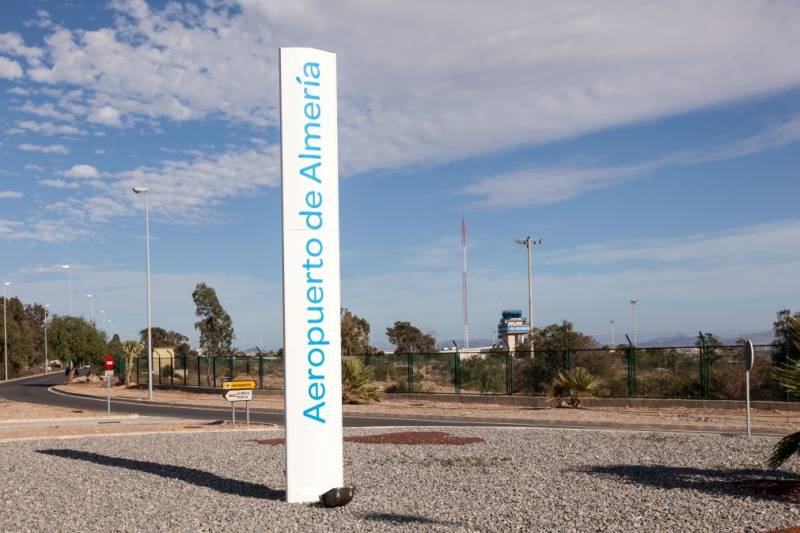
You may have missed…
- Here are the most popular dog names in Murcia for 2024.
The list of most popular names for dogs this year has been revealed by the online pet care portal, Rover.com. The report has analysed data from millions of pet names, provided by their owners, to find out the most popular names and the main trends in each region of Spain. - Spanish government blames Peppa Pig for perpetuating gender stereotypes.
Beloved children’s shows like Peppa Pig and Paw Patrol might seem like harmless entertainment, but according to Spain’s Secretary General of Land Transport, Marta Serrano, they’re part of a larger cultural problem perpetuating outdated gender stereotypes. - New contribution rates for self-employed workers in Spain in 2025: Who benefits, and who loses out?
Starting January 1, 2025, Spain’s self-employed contribution system will undergo a significant change. This new system aims to make contributions more equitable by linking them to the actual net income of self-employed workers. In a nutshell, lower-earning autónomos in Spain should see their monthly payments go down, but higher-earners will pay the price. - Bank cuts interest rates and mortgage repayments in Spain drop by €100 a month.
The European Central Bank has dropped the interest rate for a third consecutive time this year. The interest rate is now at 3% and the institution is expected to continue this downward trend into 2025. The major change that comes from the decrease in interest rates is the price of repayments to mortgages and loans in Spain and elsewhere. - Experts warn of the possibility of a flu pandemic coming to Spain.
Experts in Spain are calling for the strengthening of surveillance systems as all indicators point to the fact that the next pandemic will be caused by the flu.
And that’s all for this week. Thank you for reading and we’ll be back next week with your final bulletin of the year before we take a break for Christmas.
’Til then!
Contact Murcia Today: Editorial 000 000 000 /
Office 000 000 000























